Don’t Buy a Big Indoor Tree Until You Read This: An Insider’s Guide
So, you’re thinking about getting a big, beautiful indoor tree. I get it. For years, I’ve been the person people call to bring giant plants into corporate lobbies, hotels, and stunning homes. A well-chosen tree can absolutely transform a room, giving it life, structure, and a feeling of calm that a fiddle leaf fig in the corner just can’t match.
In this article
But I’ve also been the person called in for the emergency rescue. I’ve seen gorgeous, expensive trees on their last legs simply because they were the wrong plant in the wrong place. The classic mistake? Someone falls in love with a tree in a bright, humid greenhouse and then shoves it into a dark, dry corner next to an air vent. The plant freaks out, drops all its leaves, and the owner feels like they have a black thumb. Honestly, it’s not your fault. You were just missing some key insider knowledge.
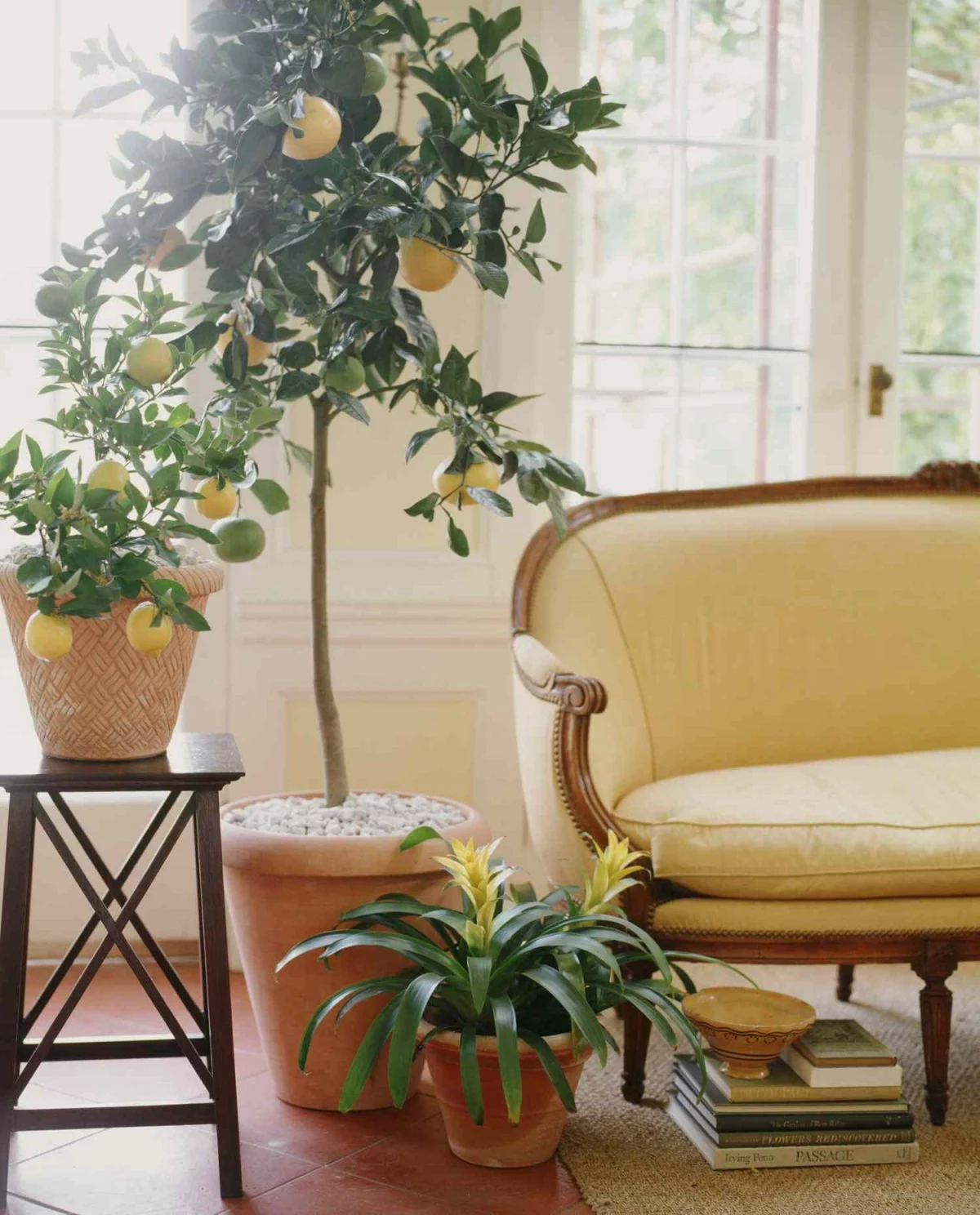
This guide is that knowledge. We’re going to talk about a few popular indoor trees, but we’re going deep. We’ll cover what they really need to thrive, not just survive. My goal is to give you the confidence to pick the right tree and keep it happy for the long haul. Think of it as starting a long-term relationship, not buying a short-term decoration.
First, Let’s Talk About the #1 Tree Killer: Light
Before we even dream about specific trees, we have to talk about light. Plants eat light. No light, no food. It’s that simple. Outdoors, light comes from all angles. Indoors? It’s a whole different ball game.
Light intensity plummets the farther you get from a window. A spot just three feet from a south-facing window might get half the light of the windowsill. Ten feet away? You might be getting only 10% of the light. Professionals measure this in something called foot-candles. For context, direct sun is a scorching 10,000 foot-candles. A nice, bright spot in your living room might be 200-500. Most offices? They’re often below 50. Most of the trees we’re about to discuss need at least 150 foot-candles for several hours a day just to stay alive.
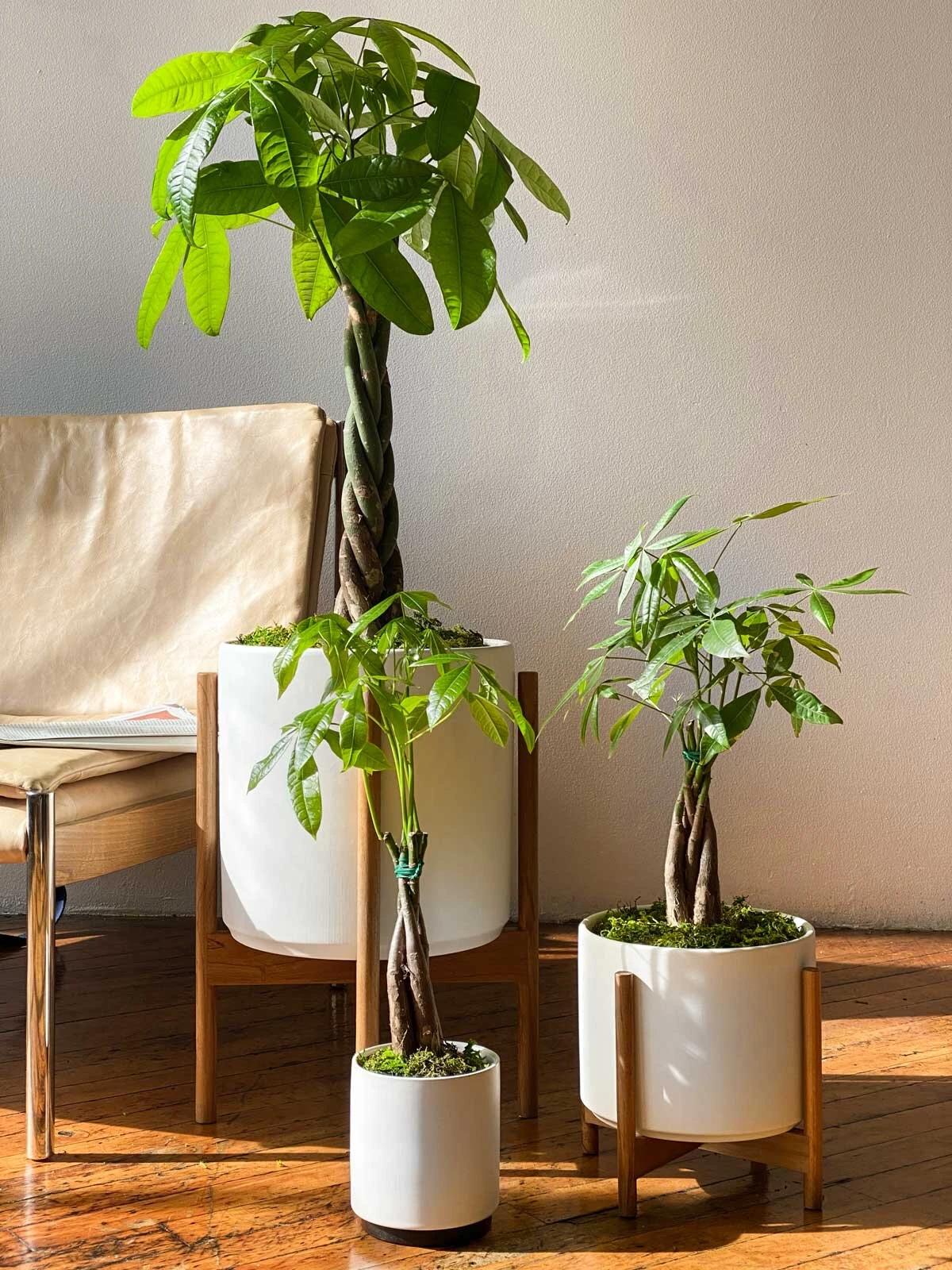
Quick tip: Don’t guess! Pull out your phone and download a free light meter app. It feels a little nerdy, but walking around your room and seeing the actual numbers will tell you exactly what you’re working with. It’s the single most practical thing you can do before you go shopping.
This is also why your new tree might drop some leaves in the first month. It’s called acclimation. The tree is adjusting from a bright nursery to your home and shedding the leaves it can no longer support. This is totally normal! A healthy plant will stabilize and then push out new growth that’s perfectly adapted to its new digs.
How to Pick a Winner at the Nursery
When you’re about to invest in a big plant, you want to start with a healthy one. Over the years, I’ve learned to spot trouble from a mile away. Here’s my personal checklist:
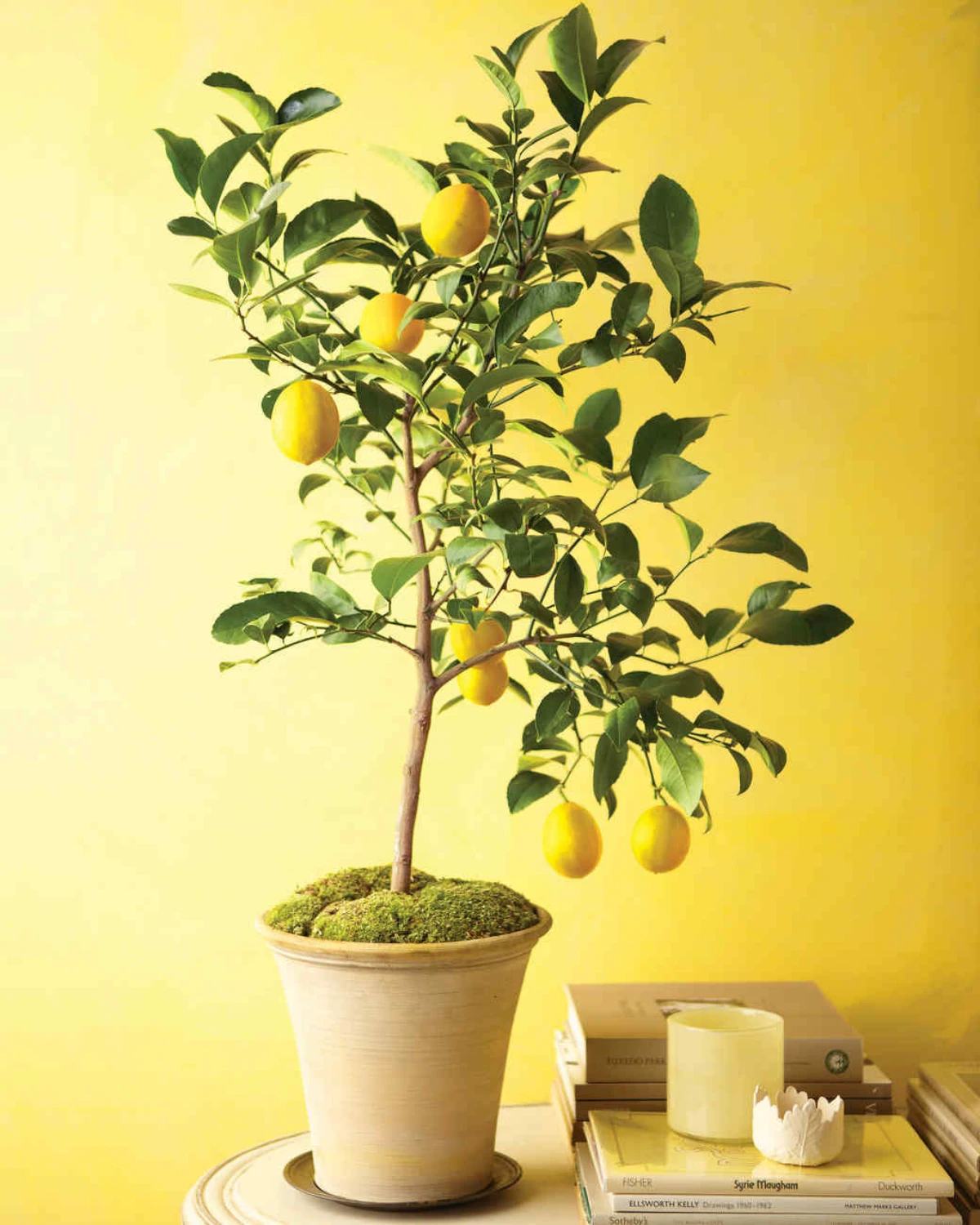
- Leaf Inspection: Look at the tops and, more importantly, the undersides of the leaves. See any tiny, delicate webs? That’s spider mites. Hard pass. What about tiny brown bumps you can scrape off with a fingernail? That’s scale. White, cottony gunk in the nooks and crannies? Mealybugs. Don’t you dare bring those pests home.
- Soil Check: Is the soil pulling away from the sides of the pot? It’s bone dry. Is it soaking wet and a little stinky? That could mean root rot is already setting in. You want soil that’s just evenly moist.
- Root Peek (If you can): Gently try to slide the plant out of its pot. If you see a solid brick of tangled, circling roots, the plant is severely root-bound. It’s been in that pot for way too long and is stressed out. A few roots peeking out the bottom is fine, but a dense mat is a red flag.
By the way, you might notice a price difference between a big-box store and a specialty plant nursery. A tree from a good nursery might cost 20-30% more, but you’re paying for something important. Their plants are often healthier, better acclimated, and have been cared for by people who actually know what they’re doing. For a big-ticket item, I think it’s worth the extra cash.
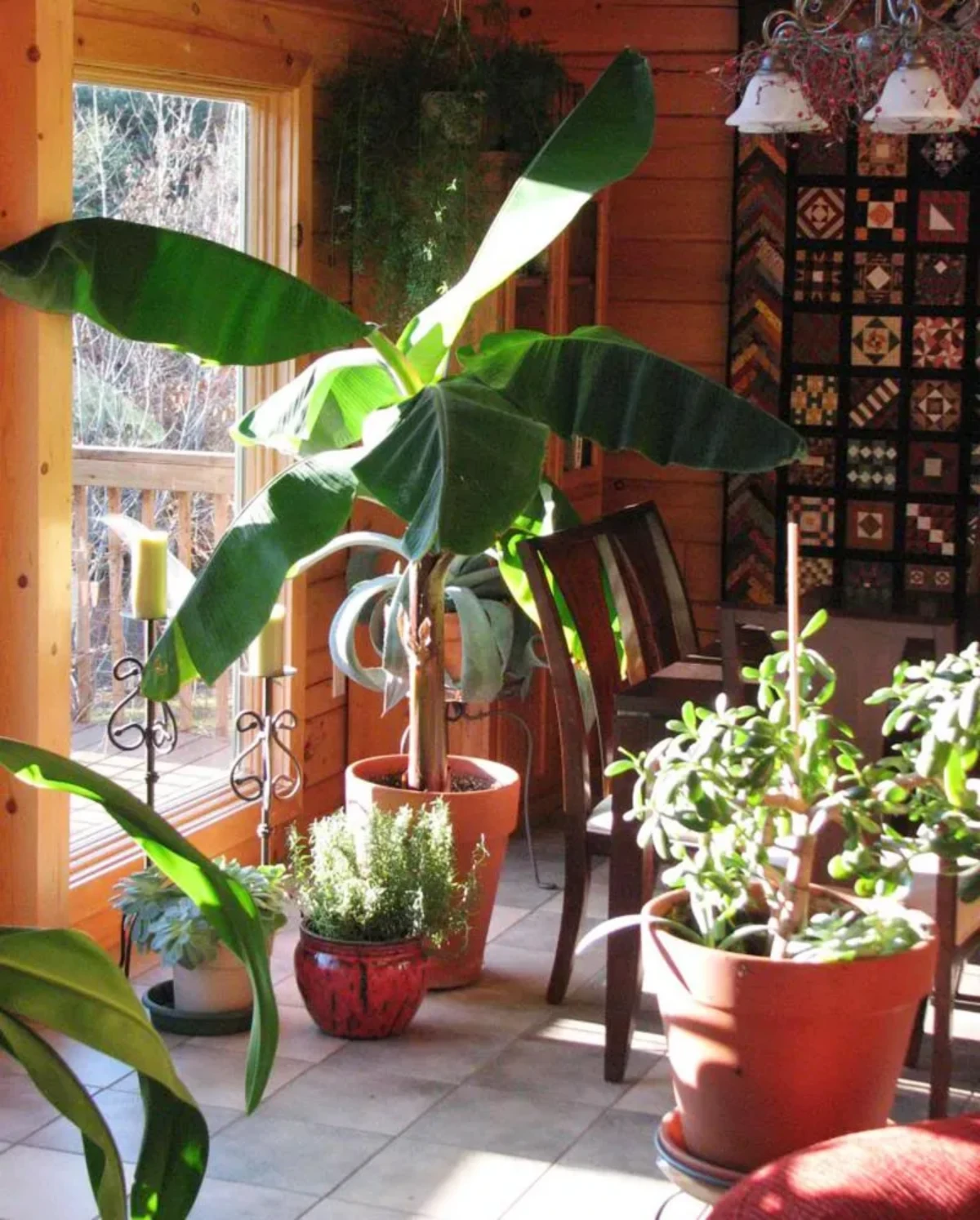
My Unfiltered Thoughts on Common Indoor Trees
Alright, let’s get into the specifics. I’ve worked with all of these extensively and I’ll give you the good, the bad, and the brutally honest truth about living with them.
1. The Lady Palm (Rhapis excelsa)
If I had to recommend one tree for someone who wants an elegant, nearly bulletproof specimen, this is it. In the design world, this is a premium plant known for its reliability. It’s not cheap, but it’s worth it.
They’re native to forest floors, which tells you they thrive in indirect light. An east-facing window is perfect. They can even handle lower-light corners better than most trees. But direct sun will scorch their beautiful fan-shaped leaves. Watering is where people mess up. They are slow growers and slow drinkers. Let the top 2-3 inches of soil get completely dry, then water thoroughly until it drains. This might mean watering only every 10-14 days. Brown leaf tips are a common complaint, usually from fluoride or chlorine in tap water. A pro move is to use filtered or rainwater, or at least let your tap water sit out for 24 hours before using it.
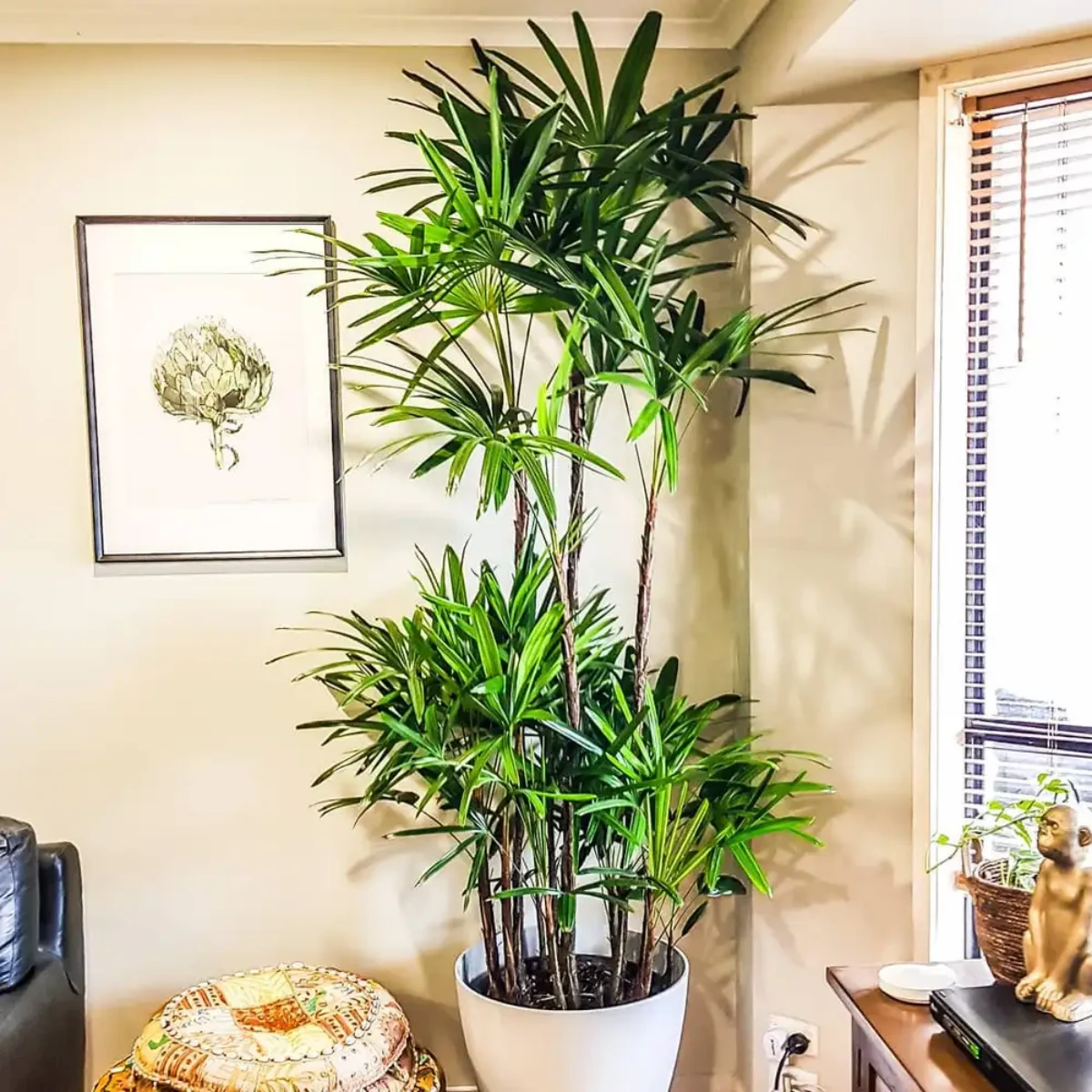
- Cost: This is an investment. Expect to pay $60-$90 for a decent 10-inch pot, and $250-$400+ for a tall, full specimen.
- Pet Safety: Good news! They are non-toxic to cats and dogs.
2. The Corn Plant (Dracaena fragrans)
This is another workhorse of the indoor plant world. It’s tough, gives you great height without taking up too much floor space, and is pretty forgiving. The most popular variety has a cool yellow stripe down the middle of its leaves.
Like the Lady Palm, it prefers bright, indirect light but can tolerate lower light (the stripe might just fade a bit). And just like the Lady Palm, it’s super sensitive to overwatering and fluoride in tap water. I’ve seen so many of these with root rot from well-meaning owners. The cane gets soft and mushy at the base, and the leaves yellow and drop. Let it dry out! Using filtered water will save you from the dreaded crispy brown leaf tips.
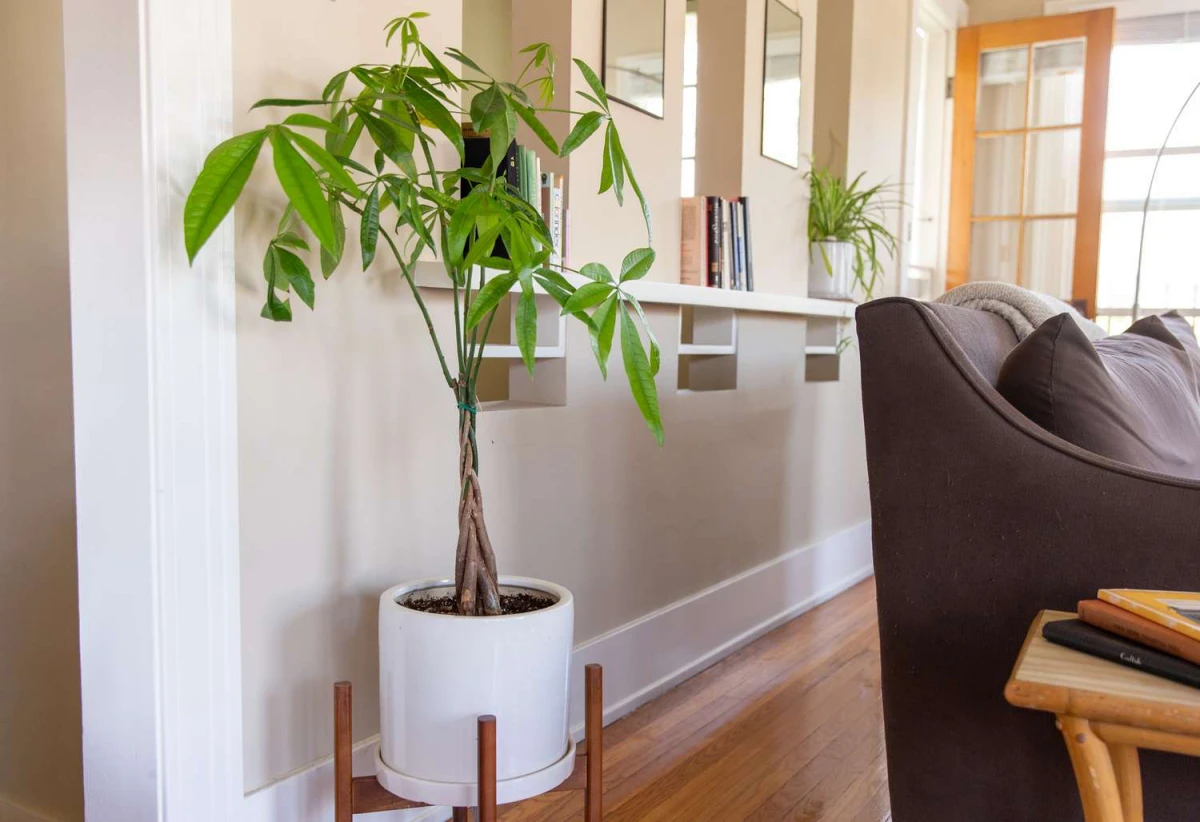
Heads up! This is a critical one for pet owners. These plants are toxic to both cats and dogs if chewed on. I always confirm the pet situation before recommending one.
- Cost: Much more budget-friendly. You can find nice multi-cane plants for $40-$80, with very large ones topping out around $150.
- Pet Safety: No. Toxic to cats and dogs.
3. The Umbrella Tree (Schefflera)
This is a lush, fast-growing tree that can make a big statement, fast. There’s a larger version and a dwarf one, which I generally prefer for homes because it’s bushier and easier to manage.
They need bright, indirect light. If they don’t get enough, they get “leggy”—long, sad-looking stems with big gaps between the leaves. The key to a happy Umbrella Tree is pruning. Don’t be afraid to snip a stem back to encourage it to branch out and get fuller. Without pruning, they can get tall and awkward really fast.
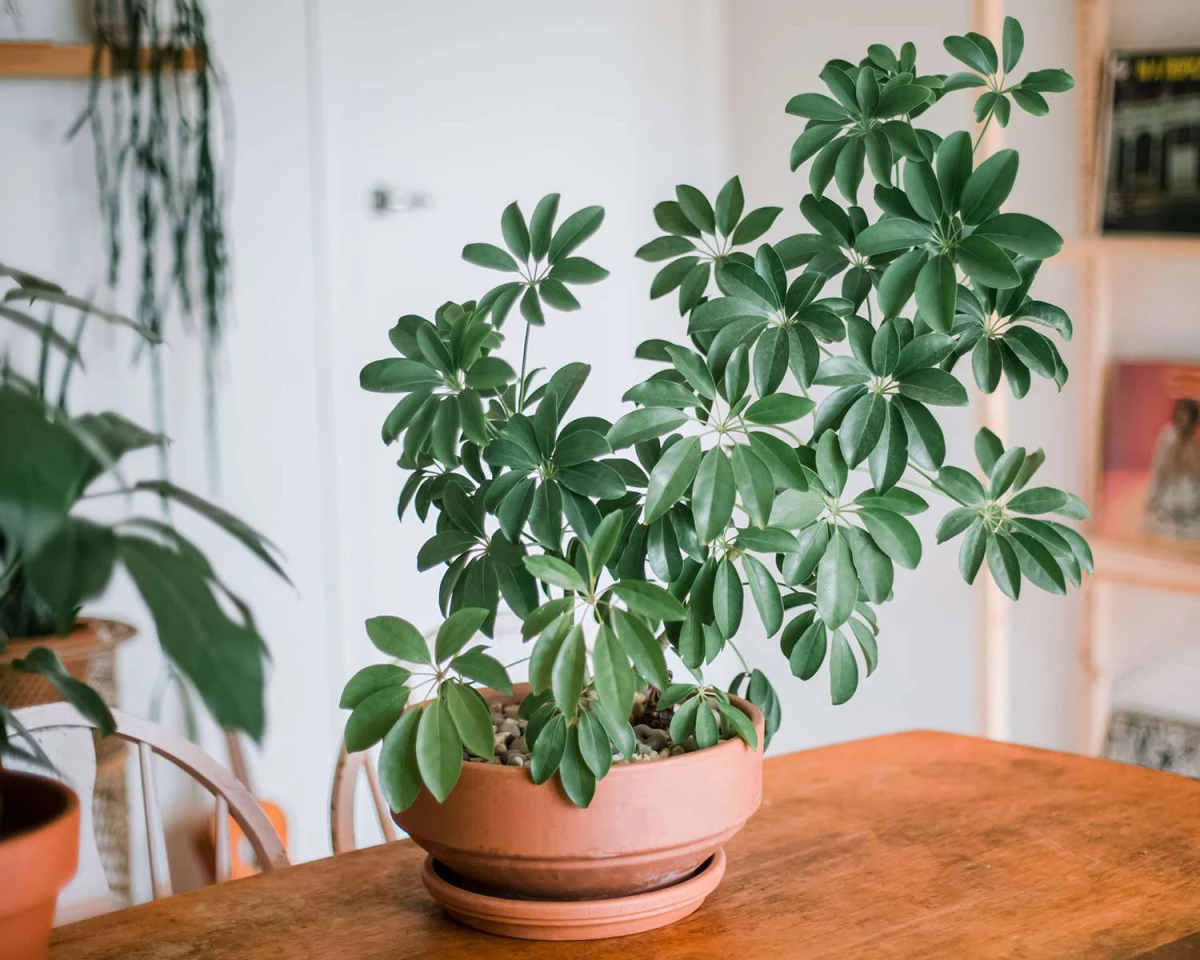
Now, for the honest part: these can be pest magnets, especially for spider mites. A stressed plant is a target, and the dry air in our homes can stress them out. My advice? Be proactive. Here’s a quick 60-second weekly checklist I call the Pest Patrol:
- Check leaf undersides for tiny dots or webbing (mites).
- Look in the joints where leaves meet stems for white fluff (mealybugs).
- Scan the main stems for little brown bumps (scale).
Catching it early is everything. If you see something, a good spray-down with a product like Safer’s Insecticidal Soap usually does the trick.
- Cost: Very affordable. Small ones start around $25, and you can get a nice 4-5 foot tree for $70-$120.
- Pet Safety: No. Toxic to pets if ingested.
4. The Money Tree (Pachira aquatica)
People love the Money Tree for its braided trunk and good-luck vibes. It’s a fun plant, but from a professional standpoint, it comes with a few built-in problems.
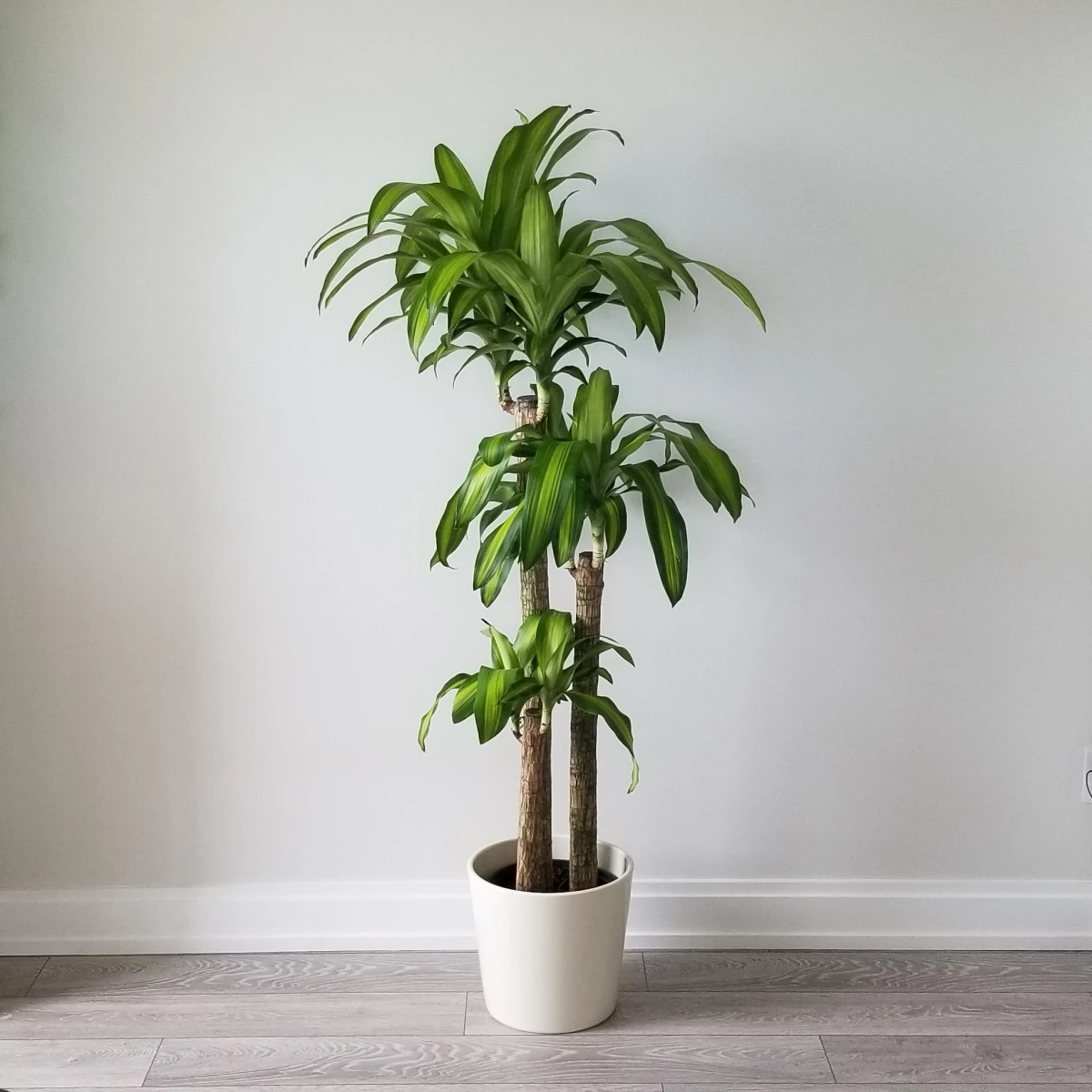
That braid isn’t natural; it’s done by growers when the plants are young. The issue is that there’s often a rubber band or wire left on the braid, which can strangle the trunks as they grow. First thing you should do when you get one home is carefully inspect the braid and snip off any ties you find. The other big issue is rot. Because multiple trunks are squeezed together, moisture gets trapped. Overwatering is a death sentence. The base of a trunk will turn to mush. If one trunk goes soft, don’t panic. Use a clean, sharp knife to carefully slice the dead trunk away from the healthy ones and let the area dry out. It’s plant surgery, but you can do it!
To be frank, I see this more as a novelty plant than a serious, long-term specimen. It can be done, but it’s just more fragile by design.
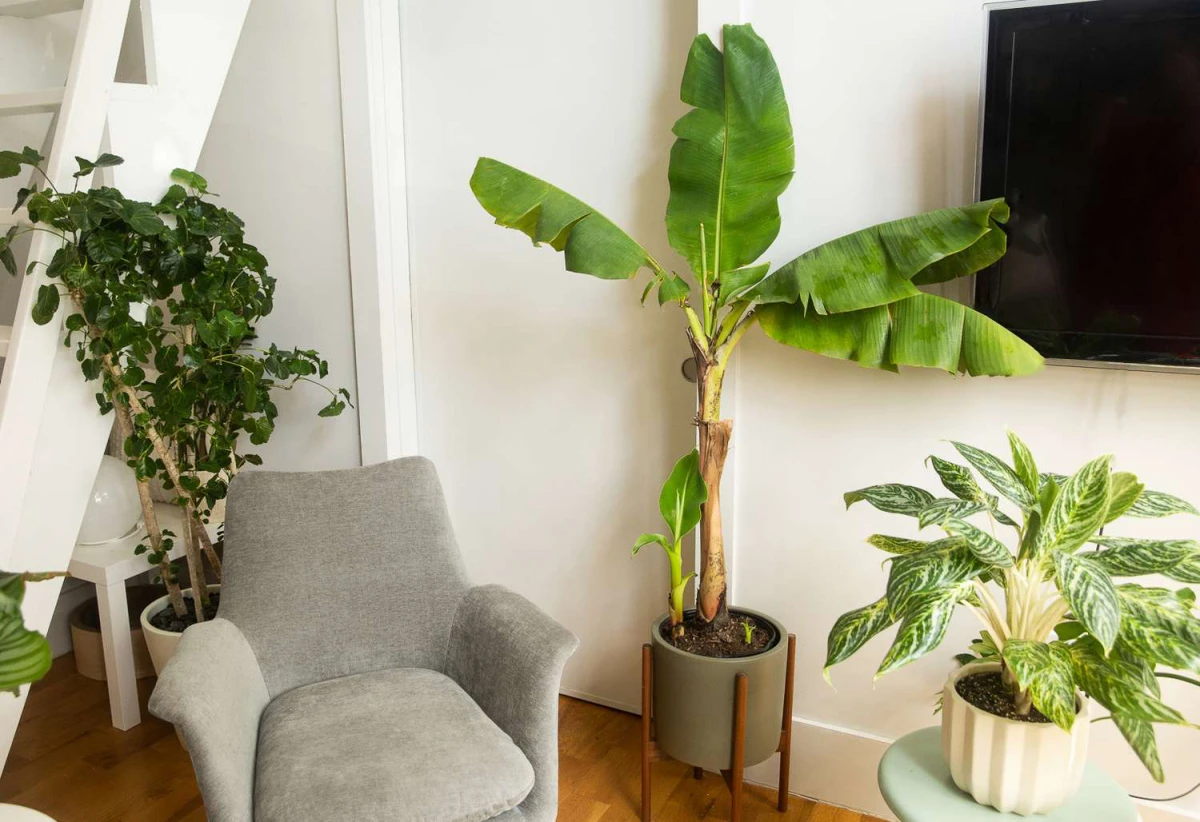
- Cost: Widely available and generally inexpensive. $20 for a small one, $50-$100 for a larger, more established braid.
- Pet Safety: Yes, it’s considered non-toxic to cats and dogs.
5. The Dwarf Citrus Tree (Lemon, Orange, etc.)
Oh, the dream of picking your own lemon for a cocktail! It’s an amazing idea, but let me be crystal clear: this is an expert-level plant. This is the most demanding tree on the list, by far.
To even think about getting flowers and fruit, you need a massive amount of light. I’m talking 6-8 hours of direct, blazing sun every day. For most of us, that means a prime spot in a south-facing window, probably supplemented with a powerful grow light (brands like Sansi make good, full-spectrum bulbs) during the darker months. They are also heavy feeders, needing special fertilizer, and they hate the dry air in our homes, which makes them a prime target for… you guessed it, spider mites.
And if you want fruit? You’ll probably have to play bee. I’ve taught many clients how to use a little paintbrush to transfer pollen from flower to flower. It’s a project, a true hobbyist’s plant. Buy it for the challenge, not for a low-maintenance look.
- Cost: A small plant will run you $40-$70. You’ll also want to budget for a good grow light ($30-$80) and fertilizer.
- Pet Safety: No. Citrus plants are toxic to pets.
Caring for Your Big Investment
Eventually, your tree will need more than just water and light. When you notice water running straight through the pot or the plant drying out super fast, it’s time to repot—usually in the spring. Only go up to a pot that’s 2-3 inches wider. A pot that’s too big holds too much water and can lead to root rot.
When I repot a big tree, I always use a custom soil mix. It’s so much better than the stuff straight out of the bag. Here’s my go-to recipe: Mix 2 parts high-quality potting soil with 1 part perlite (for airflow) and 1 part orchid bark (for drainage). This chunky mix gives the roots the air and moisture balance they crave.
Quick Win: Go check the drainage hole on one of your current plants. See a ton of roots poking out? It’s probably telling you it’s ready for a bigger home this spring.
A Final Word of Advice
Choosing an indoor tree is a real commitment. The most successful plant owners I know are simply observant. They notice things. They get joy from seeing a new leaf unfurl. They learn the rhythm of their plants.
So, start by being honest about the light in your home. Choose a plant you can realistically care for, and start with a healthy one. There will be bumps along the road, but figuring them out is part of the fun. When you get it right, you don’t just have a decoration—you have a living piece of nature you’ve nurtured in your own space. And that’s a fantastic feeling.
Disclaimer: This advice is based on my professional experience, but every home environment is unique. Some plants mentioned here are toxic. If you have curious pets or small children, please double-check a plant’s toxicity with a trusted resource like the ASPCA before bringing it home. For a very valuable or struggling plant, it’s always smart to consult a local horticulture pro.
Inspirational Gallery
How do I water a tree that’s almost as tall as I am?
Forget frequent little sips. Large indoor trees need deep, infrequent watering to encourage strong root growth. The goal is to fully saturate the entire root ball. Water slowly and thoroughly until you see it run freely from the pot’s drainage holes. Then, and this is crucial, empty the saucer completely so the tree isn’t sitting in stagnant water, which is the fastest way to root rot. A simple moisture meter, pushed deep into the soil, is a foolproof way to know when it’s time to water again.
A single spider mite can lay up to 20 eggs per day, leading to an infestation of thousands in just a few weeks.
On a large tree, an infestation can be devastating. Get ahead of it by making regular leaf inspection part of your routine. Look for fine, silvery webbing on the undersides of leaves and at the joints. At the first sign, or as a preventative measure, wipe down the leaves with a gentle solution of water and a few drops of pure neem oil.
The Silent Killer: Your HVAC system. Placing a gorgeous tree directly in the path of a heating or air conditioning vent creates a zone of constant, drying drafts. This temperature stress is a major shock to tropical plants, causing sudden leaf yellowing and dramatic leaf drop, especially for sensitive species like Ficus alii or Fiddle Leaf Figs.
Capture the breezy, sun-drenched feel of a Mediterranean villa with an indoor Olive Tree (Olea europaea). Its ethereal, silvery-green foliage and slender trunk bring an instant sense of ancient elegance to a room.
- Choose a rustic, oversized terracotta pot to complement its natural vibe.
- Give it the sunniest spot you have; it thrives on hours of direct light.
- Complete the look with natural textures like linen curtains, jute rugs, and warm woods.
- Rotate it effortlessly for even, symmetrical growth.
- Protect your hardwood floors from scratches and water stains.
- Move it easily for cleaning or when redecorating.
The secret? A simple, heavy-duty rolling plant caddy. You can find them at most garden centers or build a custom, discreet one with quality caster wheels from a hardware store.
Option A: The Fast Grower. The Giant Bird of Paradise (Strelitzia nicolai) offers huge, dramatic leaves and a relatively fast growth rate, giving you that ‘jungle’ feeling sooner and often for a lower initial price.
Option B: The Slow Classic. The Kentia Palm (Howea forsteriana) is the epitome of timeless elegance. It’s a slow grower, making it a more expensive investment, but it’s incredibly resilient and more tolerant of lower light conditions than most large-scale trees.
Choose the Strelitzia for quick impact, the Kentia for lasting, low-fuss grace.
The right container does more than just hold soil—it completes the aesthetic. For a minimalist or Scandinavian interior, a Ficus lyrata in a simple, white ceramic cylinder from a brand like West Elm is a classic pairing. For a more bohemian or rustic feel, consider a large, woven rattan basket (with a plastic liner) for a softer texture. Remember that lightweight fiberglass planters, like those from Lechuza, offer the look of heavy stone or ceramic without the back-breaking weight, making them ideal for very large specimens.
According to a NASA Clean Air Study, common indoor plants can remove up to 87 percent of volatile organic compounds (VOCs) from the air every 24 hours.
A large tree, with its vast leaf surface area, acts as a powerful, living air purifier for your home, filtering common toxins like formaldehyde and benzene while releasing fresh oxygen.
- Water deeply until it drains from the bottom.
- Wait until the top 2-3 inches of soil are fully dry before watering again.
- Ensure your pot has excellent drainage.
- Rotate your tree a quarter turn every month.
Don’t just grab any generic potting soil. Large trees are a long-term investment, and their soil is their foundation. A premium, well-aerated mix is non-negotiable. Look for blends that contain chunky elements like orchid bark, perlite, or pumice. Brands like FoxFarm offer rich, loamy soils like their Ocean Forest mix that provide nutrients while still allowing for the critical drainage that prevents root suffocation.










